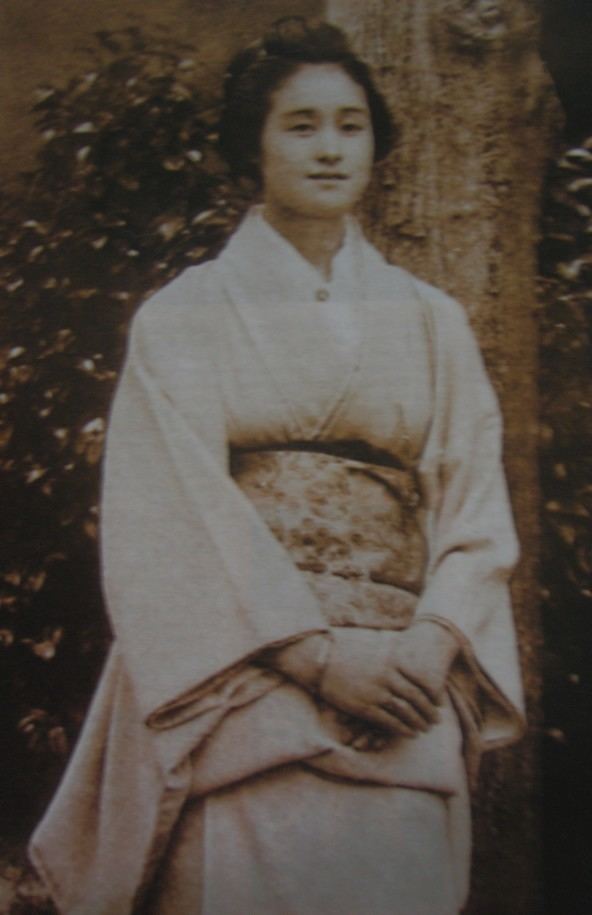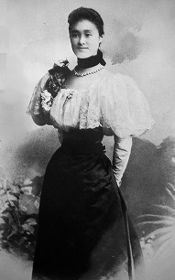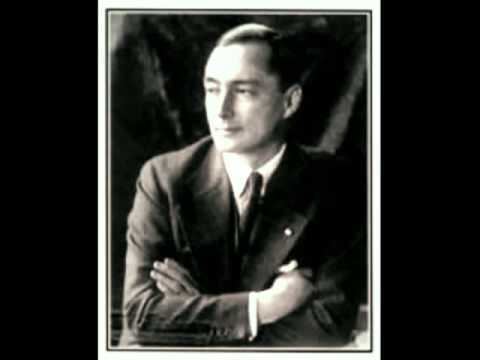Father Kihachi Aoyama House Coudenhove-Kalergi Name Mitsuko Aoyama | Religion Roman Catholic Mother Tsune Aoyama | |
 | ||
Died August 27, 1941, Modling, Austria Children Richard Nikolaus von Coudenhove-Kalergi | ||
Mitsuko, Countess of Coudenhove-Kalergi (German: Mitsuko, Gräfin von Coudenhove-Kalergi; 7 July 1874 – 27 August 1941), formerly known as Mitsu Aoyama (青山みつ), was one of the first Japanese people to immigrate to Europe, after becoming the wife of an Austro-Hungarian diplomat, Heinrich von Coudenhove-Kalergi, in Tokyo. She was the mother of Richard von Coudenhove-Kalergi.
Contents

Life

She was the daughter of Kihachi Aoyama, an antiques and oil dealer in Tokyo. The Aoyama family was also a landowner of large estates.

Aged 17, she met the Austro-Hungarian diplomat Count Heinrich von Coudenhove (from 1903, Coudenhove-Kalergi) when she came to help him after his horse slipped on ice (Heinrich often visited her father's shop, not far from the Austrian legation). Heinrich gained her father's permission for her to be employed as a parlour maid in the legation and then (after they fell in love) asked for his permission for them to marry. The latter request was refused, but the couple defied him, marrying on 16 March 1892 in Tokyo with the consent of the Austrian and Japanese foreign ministries. This left her disinherited and banned from her father's house.

She became a Catholic and was baptized by an anti-masonic Catholic priest, Francois A. Ligneul, in Japan. In 1896, she was received at an imperial reception for foreign diplomats' wives by Empress Eishō (as a commoner, Mitsuko would never have been granted such an audience, but as a countess and ambassador's wife, she was) and again at the end of Heinrich's diplomatic work, shortly afterwards.
The couple then returned to Europe, where Mitsuko and their two sons, Johannes and Richard, took over management of the family estates in Bohemian Ronsperg. Once established, Mitsuko learned French, German, math, geography and history in an attempt to counter the hostility to Heinrich concerning his return with a foreign wife. Five more children would be born to Heinrich and Mitsuko. Heinrich died in 1906 and Mitsuko took over the estates and the children's upbringing and education, while studying law and economics herself.
When her second son Richard was going to marry an actress, Ida Roland, Mitsuko became intensely angry and forbade their marriage. She disparaged Richard and his bride with the words "beggar" and "witch", because actresses were seen as a lowly occupation in Japan. She disinherited him in a certain period from 1916.
Mitsuko never again returned to Japan. When she died in 1941 due to the second stroke in her life, she was buried in the Hietzinger Cemetery.
Children and descendents
- Johann Evangelist Virgilio Graf Coudenhove-Kalergi (1893-1965), born in Tokyo
- Richard Nikolaus Graf von Coudenhove-Kalergi (1894-1972), born in Tokyo, founder of Paneuropean Union
- Gerolf Joseph Benedikt Maria Valentin Franz Coudenhove-Kalergi (1896-1978), born in Austria, father of the journalist Barbara Coudenhove-Kalergi and the artist Michael Coudenhove-Kalergi
- Ida Friederike Görres (1901–1971), born in Austria, writer
- Elisabeth Maria Anna Coudenhove-Kalergi (1898-1936), born in Austria, secretary of Engelbert Dollfuss
- Karl Heinrich Franz Maria Coudenhove-Kalergi (1903-1987), born in Austria
- Olga Marietta Henriette Maria Coudenhove-Kalergi (1900-1976), born in Austria
